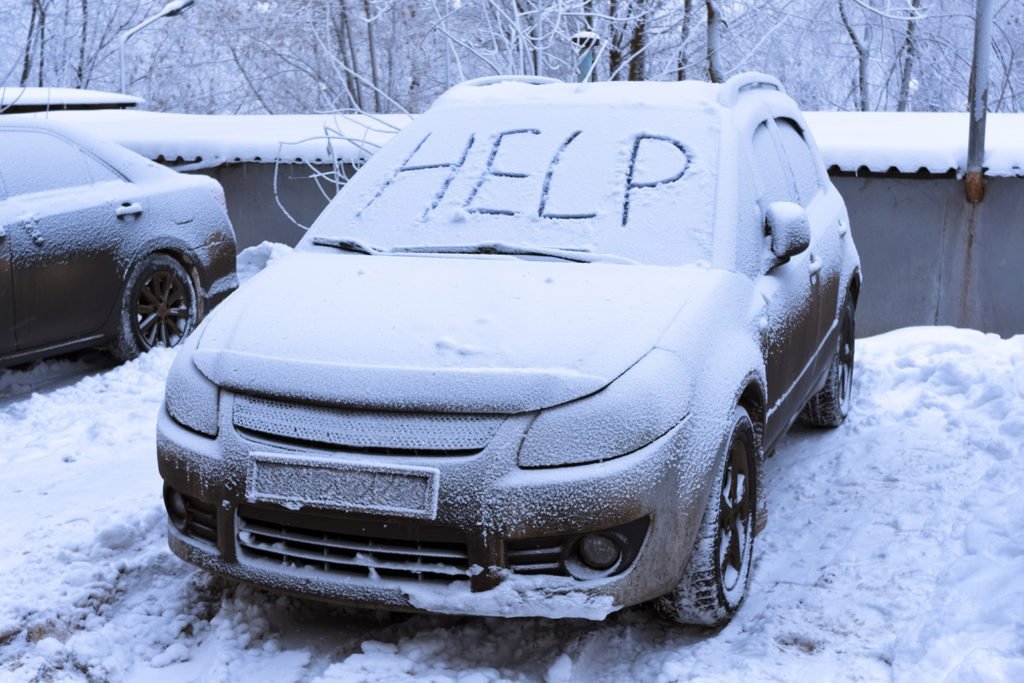
The absence of a garage might expose a car to several environmental hazards. The outside and inside can be damaged by sunlight, rain, snow, dust, and even animals, so reducing the resale value and lifetime of the car. UV light can fade paint over time; rainwater can rust, and tree sap or bird droppings can leave difficult stains. While extreme heat in summer causes interior wear and tear, frost and ice buildup can make starting the vehicle challenging in colder months. Maintaining your car in perfect condition year-round depends on proactive measures, so make sure these outside variables do not compromise its performance or appearance.
Metal Carports
A good way to shield vehicles from erratic weather is with metal carports. Metal carports are strong and offer consistent protection from the elements, unlike tarps or soft covers that might flap and wear out over time. These buildings guarantee your car is safe from rain and snow by their corrosion-resistant frames, reducing rust risk. Metal carports also block damaging UV light, stopping dashboard cracking brought on by sun exposure and paint oxidation. These simple-to-install buildings demand little maintenance. Their variety of sizes and designs qualifies them for either single or several vehicles. Flexible carports are portable; they can be moved or changed depending on seasonal requirements.
Strategic Parking Locations for Reducing Environmental Damage
Selecting the correct parking space will greatly lower the possibility of damage. Parking under big trees exposes the car to sap, falling branches, and bird droppings—all of which might damage the paint and exterior. Choosing an open but shaded area, say close to tall buildings, provides UV protection and helps to avoid tree hazards. Parking on high ground reduces flood damage, particularly in low-lying areas and during heavy rain. Vehicles should also be positioned considering wind direction. Strong winds can carry sand, dust, and trash, possibly scraping paint. Parking opposite the dominant winds lowers these hazards.
Consistent Waxing as a First Line of Protection
Waxing the outside of the car forms a barrier protecting the paint from outside contaminants. Good wax resists water, so lowering the likelihood of rust development from rain contact. It also stops stains from things like tree sap or bird droppings, which might otherwise seep into the paint. The wax preserves the car’s original gloss and color even in strong sunlight, improving its appearance. Every three months, regular waxing keeps the car looking brand-new and reduces little scratches. Apart from aesthetic advantages, wax leaves a smooth surface that dust and dirt find difficult to stick to, thus facilitating car cleaning.
Shielding Covers Made for Every Season
Purchasing a premium all-weather car cover will help to protect the car from many environmental hazards. Made with multi-layered, breathable fabrics that block UV rays and prevent moisture buildup, these are unlike basic covers. Protecting the interior upholstery as well as the exterior paint, a snug-fit cover guarantees that dust, pollen, and rain don’t enter. It also acts as a physical barrier preventing small animal or flying object scratches. Extra defense is available from season-specific covers. Winter covers, for example, have frost-proof layers that help to prevent ice accumulation around windows and doors. Conversely, summer covers mirror sunlight and help to keep the inside cooler, thus lowering the risk of dashboard cracking and upholstery fading.
Planned Maintenance and Inspection to Avoid Long-Term Problems
The car must be kept in top condition by constant maintenance, even with outside protections in place. Early indicators of rust, chipped paint, or worn seals found during routine inspections could point to more serious issues should they be neglected, particularly in areas prone to snow or coastal climates; rust-proof coatings applied to the undercarriage help to prevent corrosion. Maintaining proper inflation of tires guarantees safe driving since changing temperatures affect tire performance. Frequent fluid level checks—including those for engine oil and coolant—help to avoid mechanical problems made worse by severe weather. Frequent car washing helps to eliminate corrosive materials like road salt or sap, thus lowering the possibility of surface damage. For owners without garage access, a well-kept car not only lasts longer but also retains more value over time, making it a worthy investment.
Conclusion
Maintaining a car in perfect condition without a garage calls for creative ideas, from sturdy metal carports to careful parking choices. Seasonal protections and consistent maintenance of the vehicle guarantee its road-ready and aesthetically pleasing state independent of outside conditions. With the correct techniques in place, vehicles can enjoy a lifetime, maintaining both appearance and performance without the need for a conventional garage.






